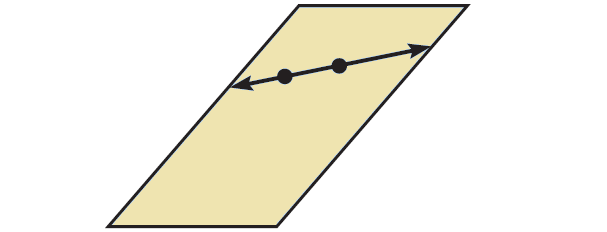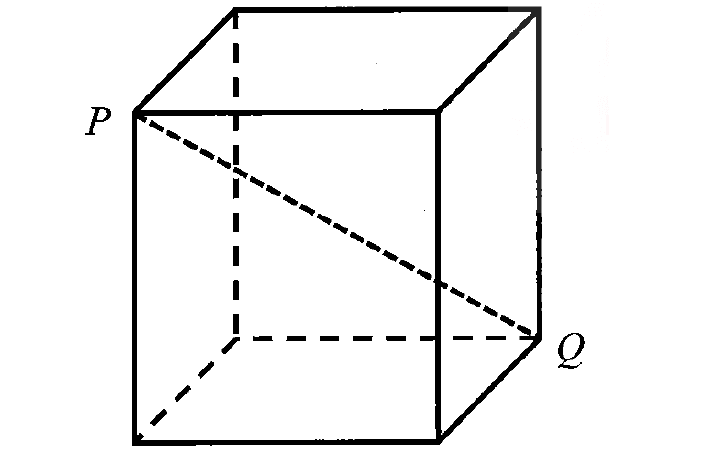BICONDITIONAL STATEMENTS AND DEFINITIONS WORKSHEET
Problem 1 :
Whether each statement about the diagram is true. Explain your answer using the definitions you have learned.
(i) Points D, X and B are collinear.
(ii) AC is perpendicular to DB.
(iii) ∠AXB is adjacent to ∠CXD.
Problem 2 :
Write the following biconditional statement as a conditional statement and its converse.
"Three lines are coplanar if and only if they lie in the same plane"
Problem 3 :
Consider the following statement :
x = 3 if and only if x2 = 9
(i) Is this a biconditional statement?
(ii) Is the statement true?
Problem 4 :
Each of the following statements is true. Write the converse of each statement and decide whether the converse is true or false. If the converse is true, combine it with the original statement to form a true biconditional statement. If the converse is false, state a counterexample.
(i) If two points lie in a plane, then the line containing them lies in the plane.
(ii) If a number ends in 0, then the number is divisible by 5.

1. Answer :
(i) This statement is true. Two or more points are collinear, if they lie on the same line. The points D, X and B all lie on line DB. So they are collinear.
(ii) This statement is true. The right angle symbol in the diagram indicates that the lines AC and BD intersect to form a right angle. So, the lines are perpendicular.
(iii) This statement is false. By definition, adjacent angles must share a common side. Because ∠AXB and ∠CXD do not share a common side, they are adjacent.
2. Answer :
Conditional Statement :
If three lines are coplanar, then they lie in the same plane.
Converse:
If three lines lie in the same plane, then they are coplanar.
3. Answer :
(i) The statement is biconditional because it contains “if and only if.”
(ii) The statement can be rewritten as the following statement and its converse.
Conditional statement :
If x = 3, then x2 = 9
Converse :
If x2 = 9, then x = 3
The first of these statements is true, but the second is false. Because, if x2 = 9, then x = 3 or -3.
So, the biconditional statement is false.
4. Answer :
Solution (i) :
Converse :
(i) If a line containing two points lies in a plane, then the points lie in the plane.

The converse is true, as shown in the diagram. So, it can be combined with the original statement to form the true biconditional statement written below.
Biconditional statement :
Two points lie in a plane, if and only if the line containing them lies in the plane.
Solution (ii) :
Converse :
If a number is divisible by 5, then the number ends in 0. The converse is false. As a counterexample, consider the number 15. It is divisible by 5, but it does not end in 0, as shown below.
20 ÷ 5 = 4
25 ÷ 5 = 5
30 ÷ 5 = 6
Kindly mail your feedback to v4formath@gmail.com
We always appreciate your feedback.
©All rights reserved. onlinemath4all.com
Recent Articles
-
Digital SAT Math Problems and Solutions (Part - 152)
Apr 28, 25 11:54 AM
Digital SAT Math Problems and Solutions (Part - 152) -
Digital SAT Math Problems and Solutions (Part - 151)
Apr 26, 25 11:18 AM
Digital SAT Math Problems and Solutions (Part - 151) -
AP Calculus BC Problems with Solutions
Apr 26, 25 05:49 AM
AP Calculus BC Problems with Solutions
